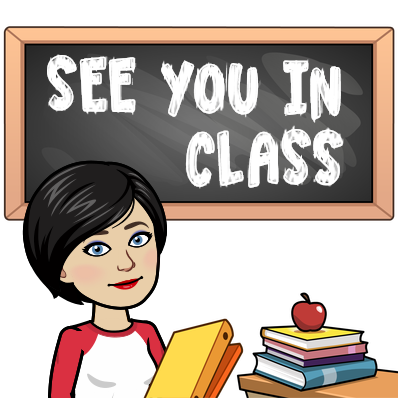Hey Fast Llamas!
Today we are going to talk about the brain, most importantly, your student's brains. You know you would never take you car to a mechanic who didn't know how a car runs or a doctor who didn't know about the body, so it makes sense, that as educators, we know about the brain. Better yet, how the adolescent brain works and how it learns. Better, even, how we can capture the power of the brain and use it to our and our students advantage. If you knew of a couple of strategies to grab a hold of brain power, you would want to know about them, right? Well, here they are...
2. Learning Diagrams - sometimes called "Mind-Maps" or "Brain Dumps", this strategy has the students creating visuals for concepts. The drawings are not suitable for framing, but, are the students own visualizations. Have students draw, then compare with a partner, then compare to your drawing. This can be powerful, remember to use color as the brain thinks in color.
3. See Say Do - Once the drawings are complete, have students trace their visuals with their finger or pencil, then, say the concept outloud, couple with a body motion and you have three main modalities covered. Have students stand, show them the visual, have them say it and then do it. (no body motion for every concept?, have them trace the drawing with their finger in the air or on the table) Teach kids to practice this at home when they study.
Check out my friend, Amy Foster-Munoz, 8th grade students, signing the Bill of Rights...
(you will have to copy and paste the address into the search bar, because... technology)
https://twitter.com/MrsFMsClasses/status/1205591838683361280?s=20
4. Circuit Learning - This is a process in which we break up learning into chunks, going back to the beginning and reviewing, and then adding new content. Let me break it down.
Students complete drawing #1, they draw it, say it and do it. Then, they complete drawing #2, they draw it, say it and do it.
Before going to new material, go back to drawing #1, see it, say it, do it, drawing #2, see it, say it, do it. Go to drawing #3... get it?
Instead of doing all, say 10 concepts at one time, you facilitate the experience, ensuring that it is reinforced and encoded into long term memory.
We continue this pattern for about eight or ten drawings and then start a new chunk set. For example, starting with new material with drawing #11, we would go back to #11 and review with the see it, say it, do it, before we did drawing #12. Before we did drawing #13 we would do the reviews for drawing #11 and drawing #12. Occasionally, we would go all the way back to the beginning and do a bigger review involving previous chunks. Younger grades or difficult content could be chunked down into 1 - 5 and 6 - 10.
The pattern of Circuit Leaning is to review what we know and add a piece of content, then review what we know again and add another piece of content. Got it?
Check out how Circuit Learning could be used throughout the week with learning material. Teach kids to Circuit their Theta Scans. Powerful! YES!!
5. Affirmations - Teach kids to say, "go it" after they review. This is an affirmation and send positive messages of confidence to the brain. It is quite powerful. Seems silly, but, why not try it?
Here are some video clips about the brain... they are from a study skill program called SOAR. I do not endorse this product, nor am I telling you to buy it, in the video, they are selling their wares... so just be mindful of that...
Have a great week!

Tracy








